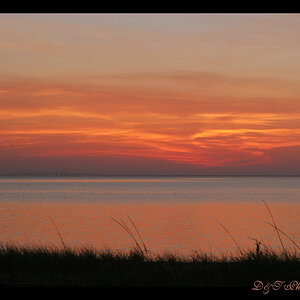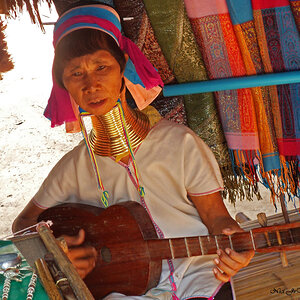The_One
TPF Noob!
- Joined
- Jul 2, 2008
- Messages
- 10
- Reaction score
- 0
- Can others edit my Photos
- Photos OK to edit
Hello everyone,
I recently bought Canon 450D with 18-55mm lens kit. So far I am very impressed with the performance and would love to explore more into lenses. This is all very new to me hence I am looking for some suggestions / recommendations.
I am looking at buying a Telephoto Zoom lens, a Macro lens and Wide-Angle lens. I read somewhere that I can use the telephoto lens as Wide-angle as well, is it true or would I need a wide-angle lens for landscape photos?
Since I am new I was thinking to buy the entry level lenses first before moving on to more expensive high-end lenses. I wonder if that is how most people do it? Are the entry level lenses really worth spending money on or it is just another way of companies making money of newbies like me?
I would highly appreciate any comments
Regards
I recently bought Canon 450D with 18-55mm lens kit. So far I am very impressed with the performance and would love to explore more into lenses. This is all very new to me hence I am looking for some suggestions / recommendations.
I am looking at buying a Telephoto Zoom lens, a Macro lens and Wide-Angle lens. I read somewhere that I can use the telephoto lens as Wide-angle as well, is it true or would I need a wide-angle lens for landscape photos?
Since I am new I was thinking to buy the entry level lenses first before moving on to more expensive high-end lenses. I wonder if that is how most people do it? Are the entry level lenses really worth spending money on or it is just another way of companies making money of newbies like me?
I would highly appreciate any comments
Regards


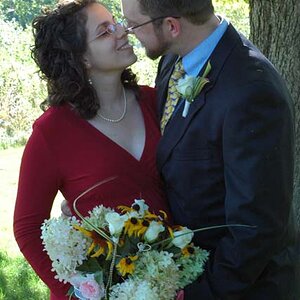
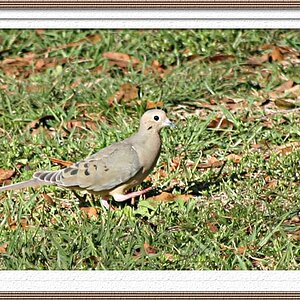


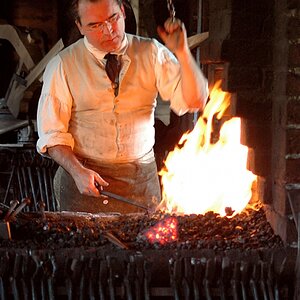
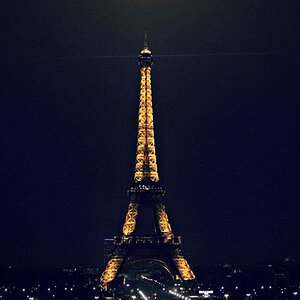
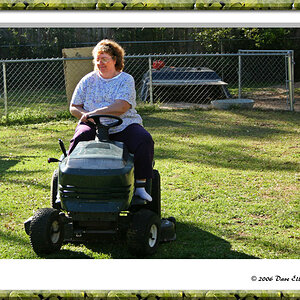
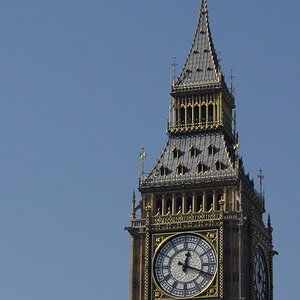
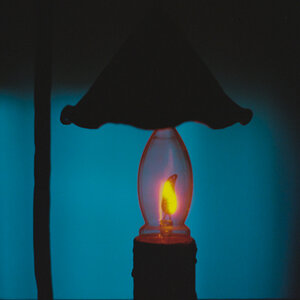
![[No title]](/data/xfmg/thumbnail/35/35962-c0d3c2e7c3fd7f9bd7e12c21f955f4f0.jpg?1619737278)
